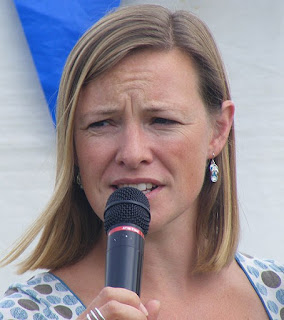AN announcement that the RSPB it is to undertake a review into driven grouse shooting has prompted a bemused- whether genuine or feigned - response from the Game & Wildlife Conservation Trust.
It is thought that the outcome of the RSPB review will prompt the charity to ditch its current neutral stance in favour of a new position - that of opposition to shooting.
This week, the GWCT’s director of communications, Andrew Gilruth, fired off the following letter to the Press:
“It sounds unlikely the RSPB would decide to oppose shooting because they have spent the past ten years helping to fund the recovery of a driven grouse moor, at Langholm on the Scottish Borders, which aimed to shoot 1,000 brace a season.
“They supported the use of traditional moorland practices, such as heather burning to restore the habitat, the killing of foxes and crows to help recover the ground-nesting bird species, and the use of medicated grit to reduce worm burdens in red grouse.
“All of these techniques are regulated, but legislation does not always work – especially in cases of wildlife conflict.
“Langholm Moor has also provided the best evidence that the conflict between red grouse and hen harriers is genuine.
“This is why the Game & Wildlife Conservation Trust supports the testing of innovative ideas, such as Defra’s hen harrier brood management scheme, which seeks to address the underlying conflict behind the illegal killing of harriers – in the interests of both.”














